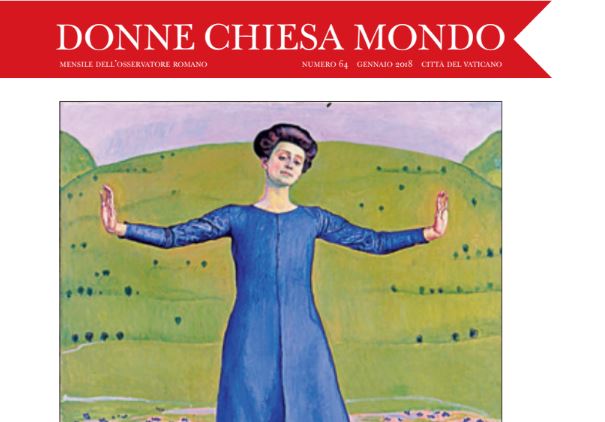Women and science is the theme of the January 2018 issue of L’Osservatore Romano’s monthly “Women, Church, World [“Donne, Chiesa, Mondo”], which highlights those women that dedicated themselves to science when “scientific learning was for centuries the almost exclusive prerogative of men.”
Despite their exclusion in fact, “those that left their mark, truly left it, not only from the scientific point of view but also from the human point of view, something that all scientific men were unable to do,” stresses the 40-page issue.
It’s only beginning in the second half of the 19th century that women began to be able to access higher learning, reads the text: before this time, they were distinguished more in humanist than in scientific disciplines.
So, history reports the name of “some tens of women of science in antiquity, only ten in the Middle Ages, especially nuns, almost none between 1400 and 1500, 16 in the 17th century, 24 in the 18th century <and> 108 in the 19th century.” Instead, in the 20th century, women’s contribution to the progress of science was “notable.”
The monthly features an interview with German Cathrin Brisken, known specialist in molecular oncology, portraits of Swedish physicist Lise Meitner (1878-1968), as well as of French chemist and physicist Marie Curie (1867-1934), her “extraordinary genius” and “the human sympathy she arouses.”
Discovered in the monthly also are the works of British Doctor Cicely Saunders (1918-2005), pioneer of palliative care, and of Canadian pharmacologist Frances Oldham (1914-2015), who fought for pregnant women, against the American marketing of the thalidomide tranquilizer. The “saint of the month” is French Genevieve of Paris, spearhead of the resistance, through prayer, of the invasion of the Huns in the 5th century.
Translation by Virginia M. Forrester
JF

Women, Church, World, January 2018
L’Osservatore Romano’s Monthly: Women and Science
A Mark from the Scientific Point of View but also from the Human Point of View


